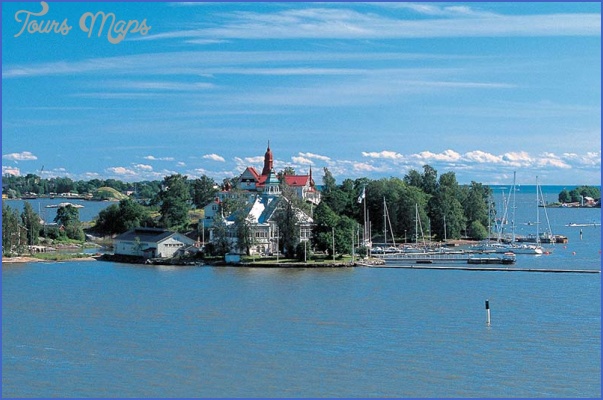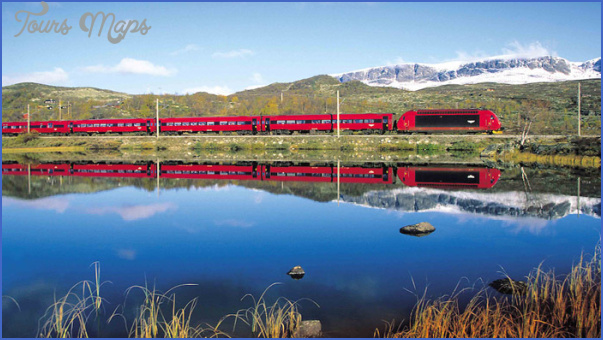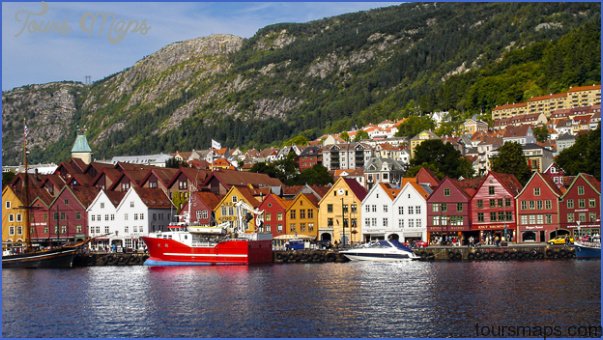Norwegian has two forms Bokmai (formerly Riksmal), the official written language, which is closely related to Danish, and Landsmai, a language constructed of various Norwegian dialects; it has also been known since 1929 as Nyorsk (New Norwegian). After Norway broke free from Denmark in 1814, the growth of national feeling led to an increased interest in the national language. Nynorsk (Landsmai) is spoken mainly in southern and western Norway, while Bokmai is used in the eastern part of the country and in the towns; both languages have equal status.
The following points of pronunciation should be noted: ee, 0, $ and y much as in Danish; 0 is frequently like 00; tf is usually mute before s and after n and , and also when in final position after-; pis usually hard as in go, but before j and y has the sound of consonantal y, in the word jeg (I) the g forms a diphthong pronounced somewhere between the diphthongs in English pay and pie; j has the sound of English y, either consonantal or, after a vowel, vocalic; k before 7′ or y is softened to a sound like the German ch in ich, almost like sh.
Swedish is perhaps the most sonorous of the Scandinavian languages. Like Norwegian, it makes a distinction between the colloquial language, Talsprak, and the written or official language, Ftikssprak. In southern Sweden a certain Danish influence can be detected; in the west and northwest the language shows affinities to Norwegian.
In the pronunciation of Swedish, the following points should be noted: a and o are much like Danish ae and 0, a and y much the same as in Danish; o is sometimes like 00, u is almost the same as y; c before e, i or y is pronounced s, otherwise k; ch before e, , y, a or o is like sh; in och (and) the ch is pronounced k; d before j at the beginning of a syllable is mute; at the end of a syllable is pronounced v; g before a, e, ‘, o and y and after and r is like consonantal y, as is gj before o and u; k before a, e, i, o and y and in the combination kj has a sound almost like English ch; lj is like consonantal y; sj is pronounced sh; sk, skjand stj (sti) before a, e, i, 0 and y are like sh, and tj before these vowels like ch.
Finnish has no relationship to the other Scandinavian languages, belonging as it does to the Finno-Ugrian group, with affinities in eastern Europe and western Siberia. It has two main dialects, West Finnish and East Finnish, which are broken up into a number of sub-dialects. Some 6-5% ofthe population of Finland, particularly on the south and southwest coasts, speak Swedish.
Travel to Scandinavia in may Photo Gallery
Maybe You Like Them Too
- The Best Cities To Visit in The World
- World’s 10 Best Places To Visit
- Coolest Countries in the World to Visit
- Travel to Santorini, Greece
- Map of Barbados – Holiday in Barbados













Hello,I log on to your blogs named “Travel to Scandinavia in may – Map – Travel – Holiday – Vacations” regularly.Your humoristic style is witty, keep doing what you’re doing! And you can look our website about proxy list.